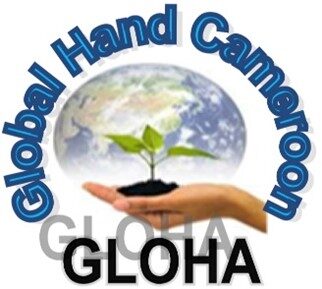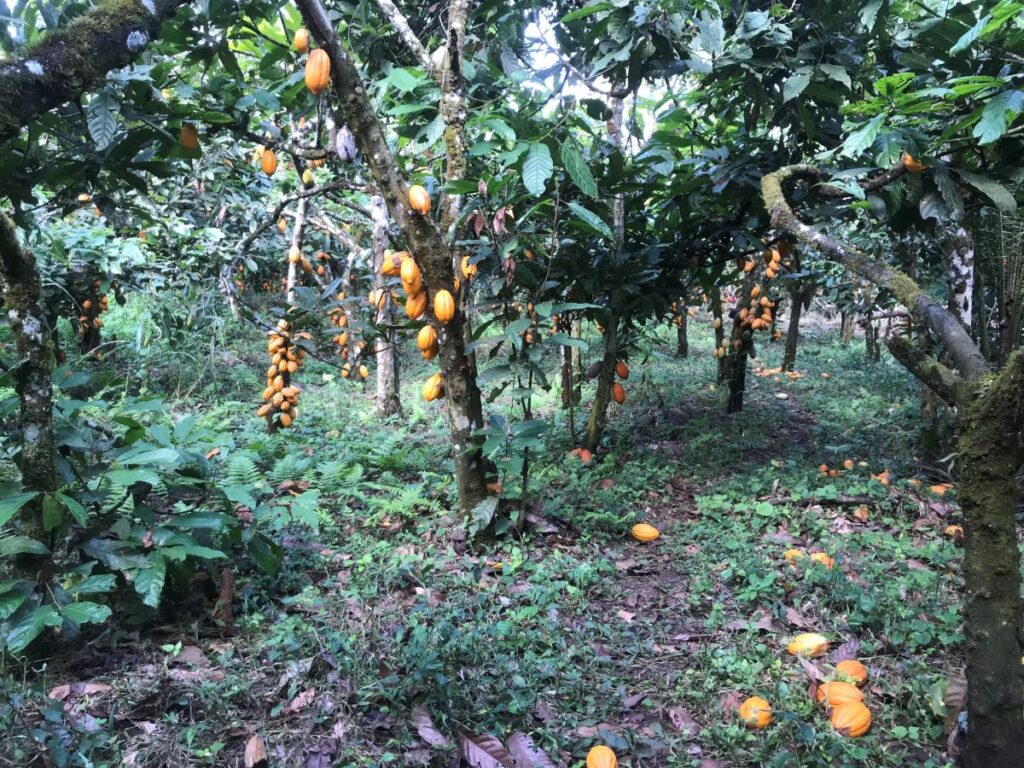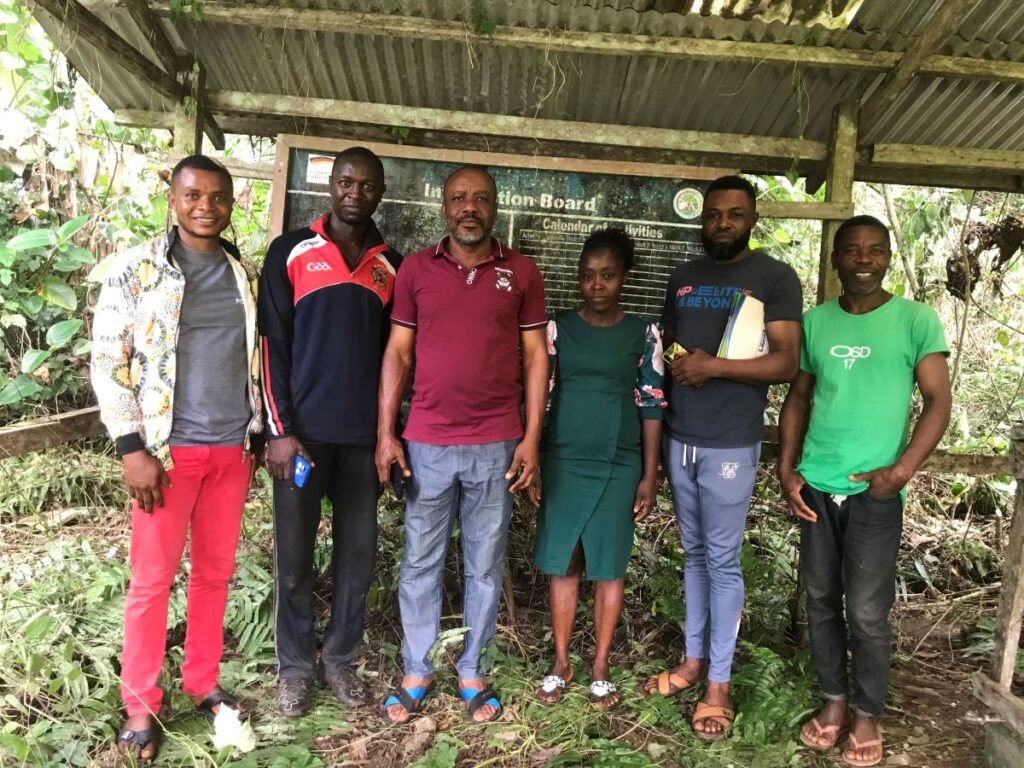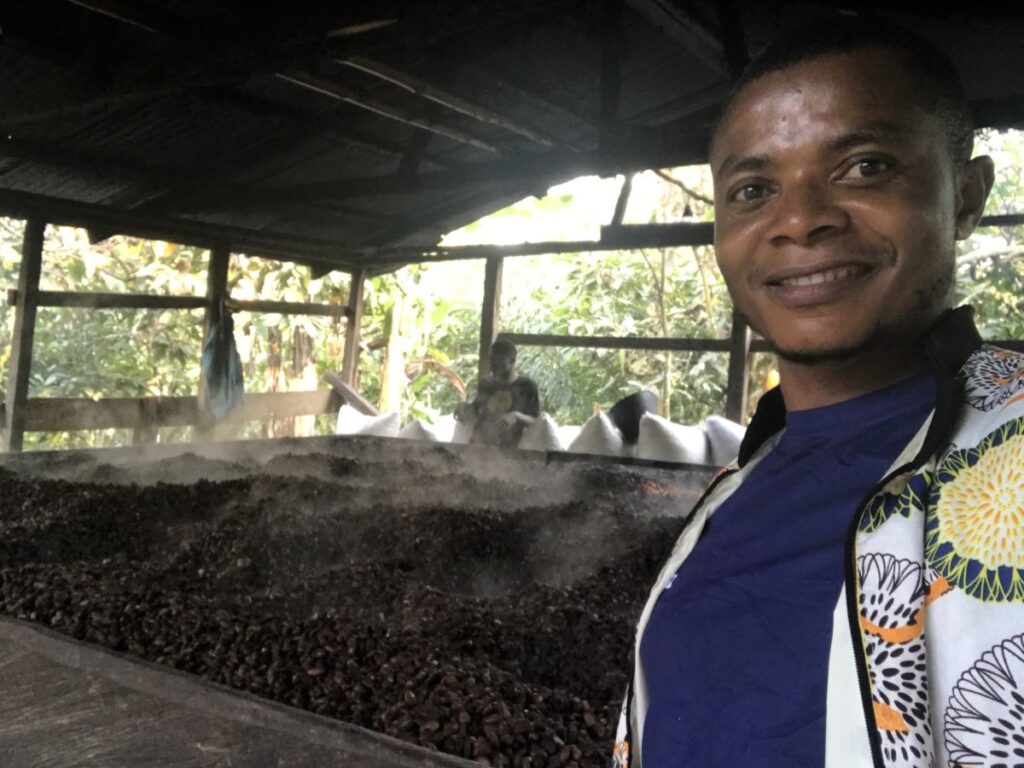Sustainable Forest Resource Management and Forest Restoration
Cameroon is ranked the fourth largest cocoa producing country in the world and third largest in Africa, with a yield of over 290,000 tonnes in the latest cocoa season. Cocoa plays a major role in the country’s economy as it is the second largest export product. With its fertile volcanic soil, good climatic conditions and favorable terrain, the South West Region of Cameroon presents one of the best settings for the cultivation of cocoa in the country.
Amongst the communities in the South West Region, Bomboko — a clan of thirteen villages found in Meme Division and one of the most affected communities by the current Socio-Political Crisis — is a major cocoa producer. These communities are registered as park villages in relation to the Mount Cameroon National Park’s policy regarding their conservation activities. In that light, proper follow up and implementation of sustainable use and management of forest resources is paramount.
The Bomboko villages are highly dependent on forest resources for all aspects of their livelihoods, including fuel for their traditional ovens used to dry cocoa which results in a considerable loss of forest cover each year. With this in mind, officials have proposed a multipurpose nursery and agroforestry project for Bomboko, with a pilot project starting in the village of Kotto II.
We are pleased that Global Hand Cameroon has been selected as the Local Support Organization (LSO) by the Program for the Sustainable Management of Natural Resources (PSMNR) to conduct a rapid assessment of the project. This will include assessment of other livelihood activities that can revitalize the living conditions of these crisis-affected communities. We look forward to integrating complementary agroforestry activities such as planting economic fruit and timber trees that can provide alternative income sources to these communities during off-cocoa seasons.
One of our first goals is to upscale the nursery project in Kotto II to an Integrated Resource Centre (IRC), with the goal of producing over 80,000 seedlings through vegetative and non-vegetative propagation every year. While the centre will serve as a reliable source of seedlings for people in need, it will also be a guarantee to protect forest cover, wildlife habitat, and a stabilized ecosystem.
We are excited to be a part of such an encouraging project — a project that promises to be a win for the people as well as a win for the ecosystem.





